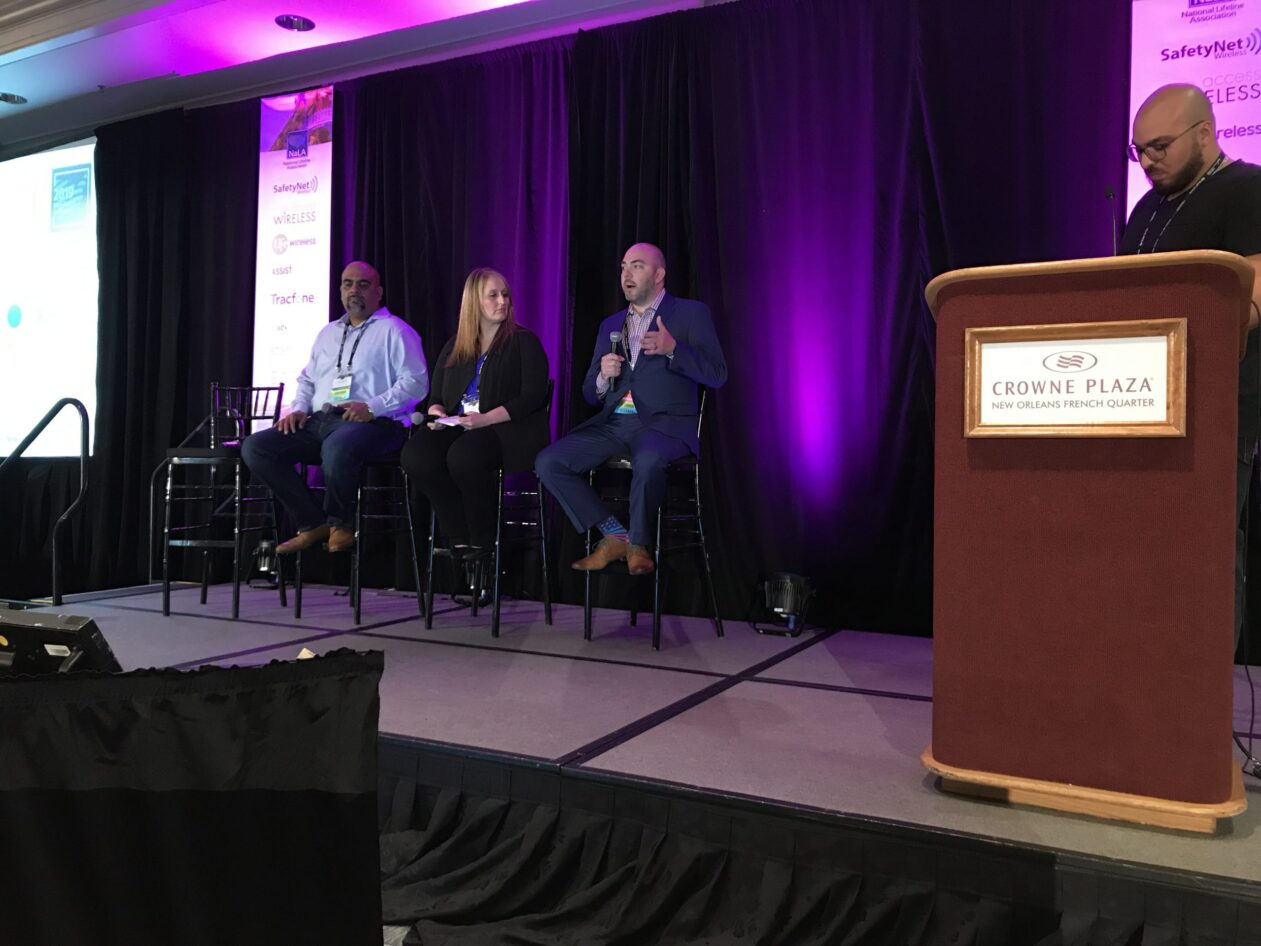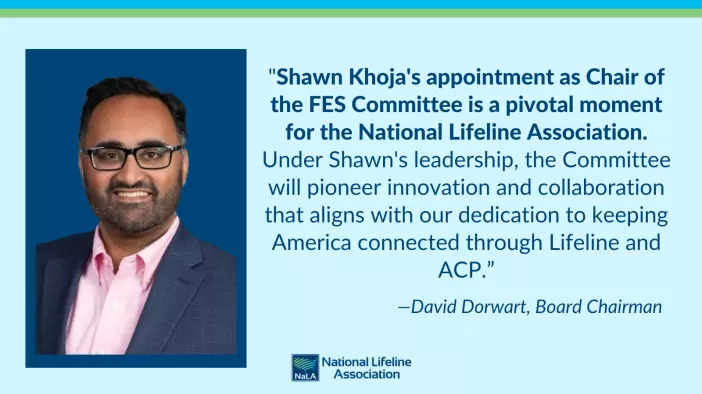
Broadband: A Lifeline for the 21st Century
If you’re reading this blog, you’ve probably come to take Internet access for granted. Without even thinking about it, millions of us go online multiple times daily, to check e-mail, catch up on the news, or shop or stream our favorite shows while the kids research their homework assignments on the Web. Now imagine if that Internet connection were severed. Almost every aspect of your life would be disrupted: how you keep in touch with friends and family; how you do your job; how you get news and entertainment; how you make informed financial decisions. More than sixty-four million Americans, however, don’t have to imagine life without an Internet connection; they live on the wrong side of the digital divide.
The biggest reason these Americans don’t sign up for broadband is cost. Only half of the nation’s households in the lowest income tier subscribe to broadband. And 43 percent of all people who don’t subscribe to broadband at home say that affordability is the reason. Of the low income consumers who have subscribed to mobile broadband, 44% have to had cancel or suspend their service due to financial constraints and for those whose only access to the Internet is their smart phone, 48% have had to cancel or shut off service for a period of time due to financial hardship.
We can recite statistics all we want, but we must never lose sight of the fact that what we’re really talking about is people – unemployed workers who miss out on jobs that are only listed online, students who go to fast-food restaurants to use the Wi-Fi hotspots to do homework, veterans who are unable to apply for their hard-earned benefits, seniors who can’t look up health information when they get sick.
Internet access has become a pre-requisite for full participation in our economy and our society, but nearly one in five Americans is still not benefitting from the opportunities made possible by the most powerful and pervasive platform in history.
We can do better. We must do better. Indeed, Congress told us to do better. By modernizing the FCC’s Lifeline program, we will do better.
Lifeline was established in 1985 to help low-income Americans afford access to vital communications, and the program has allowed tens of millions of Americans to afford basic phone service. But at a time when our economy and lives are increasingly moving online and millions of Americans remain offline, it doesn’t make sense for Lifeline to remain focused only on 20th century voice service.
Today, we are putting forward a proposal to help close the broadband affordability gap by modernizing the FCC’s Lifeline program. There are three central facets of this reform plan.
First, it re-orients Lifeline for the broadband era and sets minimum service standards for voice and broadband. That way Lifeline subscribers will be able to take full advantage of the many benefits reliable Internet access can bring – from jobs to education to healthcare, and the hard-working Americans who support the program won’t be paying for second-rate service.
Second, it improves Lifeline’s management and design. We streamline program rules and eliminate outdated or unnecessary regulations to reduce administrative burdens and make it easier for broadband providers to participate. This provides them with a good business case for participation – and provides Lifeline consumers with more competitive options. By increasing competition and bringing market forces to bear on the program, we get at the heart of the historic issues that have undermined the program’s efficiency. In short, we get more bang for our Lifeline buck and ensure low income consumers have access to services comparable to what the rest of us are fortunate to enjoy
Third, it shuts the door on the program’s final remaining vulnerability. We establish a National Eligibility Verifier as a powerful check against waste, fraud, and abuse. The program we inherited allowed Lifeline providers to verify the eligibility of their subscribers. This is both an administrative burden for providers, and an opportunity for unscrupulous marketers to admit ineligible consumers. The National Eligibility Verifier solves this problem by creating an independent third party to establish an efficient system of eligibility verification, lifting burden and foreclosing fraud. This verifier will use existing trusted programs such as Medicaid and the Supplemental Nutrition Assistance Program (SNAP) to determine eligibility. The independent Verifier has the added benefits of increased subscriber portability, which means more consumer choice. The result is a more dignified process for enrollment that better protects consumer privacy and security.
Finally, a few points on how we got here.
Throughout this process, some have told us to wait, pointing to waste, fraud, and abuse that resulted when, during the Bush Administration, Lifeline was opened for wireless service. They are ignoring the fact that the FCC’s 2012 reforms, in particular the National Lifeline Accountability Database (NLAD), are already working to eliminate the waste previous program designs permitted. Indeed, annual Lifeline payouts have decreased by over 30 percent since 2012, due largely to these reforms. But, more importantly, these voices are ignoring the fact that low-income households are falling a little further behind every day without the access to jobs, educational opportunities, services and more that broadband provides. To wait is to push these Americans further down the ladder of opportunity.
This idea that we have to pick between adopting measures that help low-income Americans or cracking down on waste is a false choice. Today’s plan does both.
This is good-government reform that puts consumers and ratepayers first by creating a market-based climate for competition, with the controls needed to guard against market abuse. We’re pleased to offer this plan to provide a pathway out poverty for low-income consumers by modernizing Lifeline for the 21st Century.

